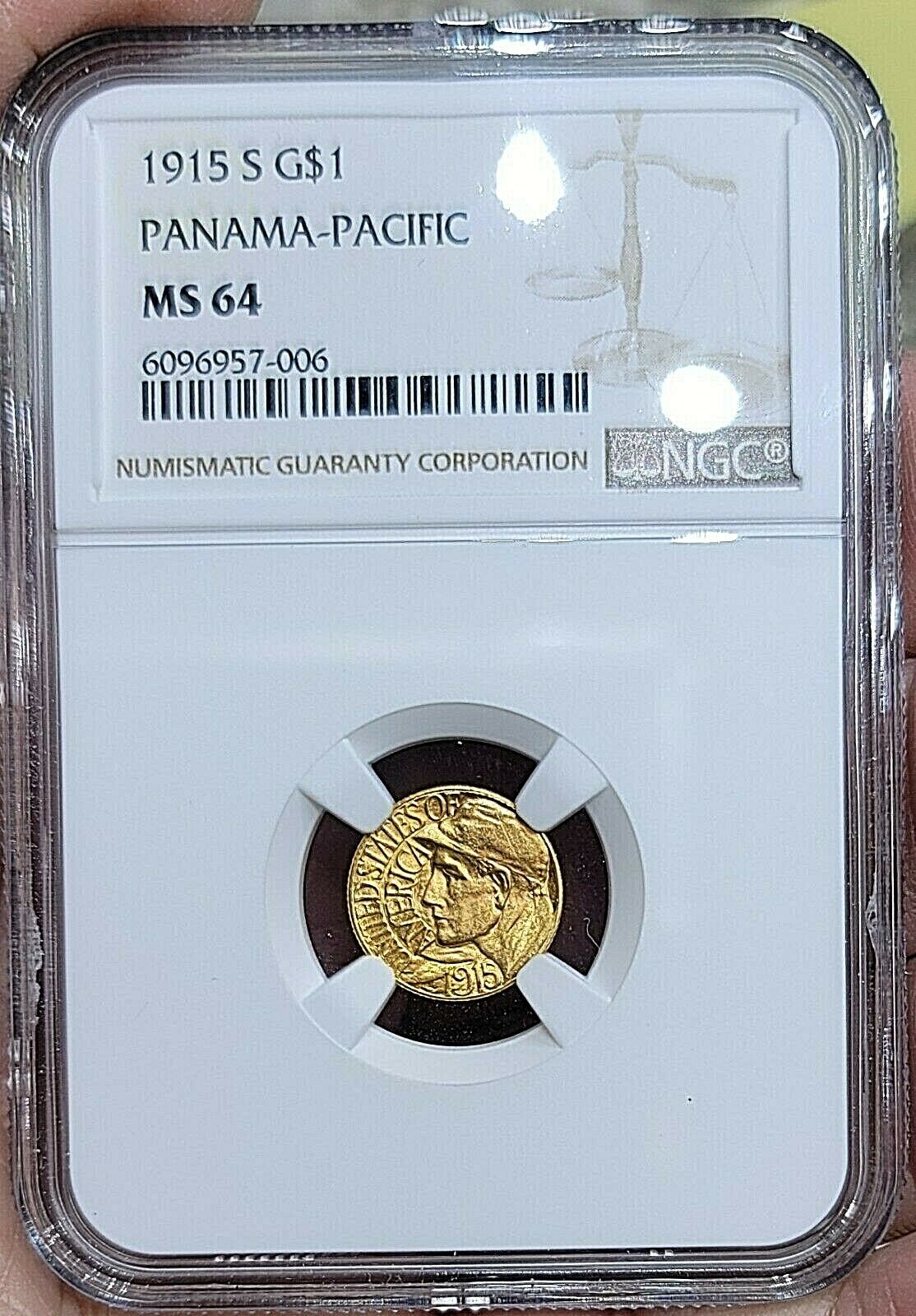-40%
1856 • GOLD G DOLLAR PRINCESS • MS-64 PCGS • SLANTED 5 • RARE COIN!
$ 660
- Description
- Size Guide
Description
1856 • GOLD G DOLLAR PRINCESS • MS-64 PCGS • SLANTED 5 • RARE COIN!This ultra rare vintage coin is a great investment for collectors and investors alike having circulated in the U.S. almost 170 years ago!
This is the first Type Three Gold Dollar from the Philadelphia Mint, the 1856 enjoys considerable popularity among type collectors, at least in circulated grades. G Pre-33 Key Date Gold coins are extremely sought after and rare, adding values collectability to a classic Gold coin design.
18
56
G GOLD DOLLAR PRINCESS
First
Date Issue Type 3 -
Key Date US Gold Coin!
HIGH GRADE!
Brilliantly lustrous in the fields and throughout front and back.
Certified by NGC as Mint State 6
4!
Designed by Christian Gobrecht and minted from 1838-1907.
Diminutive yet precious, the gold dollar holds a special place in the hearts of many a collector. The denomination was born out of the flood of gold that came from California beginning in 1849, and the mint at Philadelphia and its branches began producing large quantities of gold dollars, which had their greatest commercial use on the West Coast but gained acceptance nationwide. Breen comments in his Complete Encyclopedia that from 1849 through 1854 'gold dollars formed the bulk of the nation's legal circulating medium between the 3c and the .50 denominations' as they were eagerly sought by the public as alternatives to the often worthless and unredeemable private bank notes and store scrip, both of which flooded the country as the value of gold and silver fluctuated. The little gold dollar was hardly worth melting, compared to the eagle, and was also highly useful, accounting for its broad acceptance in the 1850s. But the coin proved to be too easily dropped, and lost, in its initial version. Beginning in August 1854, a new, thinner but wider-diameter version appeared--what we today call the Type Two gold dollar. Liberty was replaced by a charming, feathered Indian princess--the first obeisance on national coinage to Native Americans, who were not to become a 'national enemy' until the Indian Wars that followed the Civil War and intensified in the 1870s.
It was Mint Director Snowden who requested the new design from his talented engraver, James Longacre, along with a 'bigger sister,' the three dollar gold piece. Longacre intended the image of Liberty to be a Romanesque version of the classic Venus (from a marble statue he saw in a Philadelphia museum) but the public saw the headdress and a classic was named. In fact, it became the inspiration for the Indian cent. The new style gold dollar, however, lasted only a matter of months. The government's set exchange rate, or the value ratio of gold to silver, could not be maintained, constantly threatening all gold pieces with private melting for profit. Many of those coins struck during the period of this type's manufacture (less than two years) failed to survive the decade, accounting in part for their rarity today. The style was elegant, a deft rendering of Liberty in her feathered bonnet, in noticeable high relief, but as Breen says 'The coins proved unsatisfactory from the beginning. Longacre had miscalculated, overestimating the power of the coining presses then in use.' It was a sheer manufacturing problem, especially for the Southern mints, which used older presses discarded by the main facility at Philadelphia. The coins most often were poorly struck, with weak features that wore quickly in use. Many were officially melted. The final type of this denomination, made beginning late in 1856, was the same size but in lower relief yet more deeply engraved, making the coins easier to produce with full details, and therefore they would endure far longer. What did not endure, in any number, were the Type Two issues--most of them unsharp to begin with, easily worn, and largely melted and re-coined into the new type. High grade survivors somehow escaped, and as such are miraculous reminders of those perilous days, all so long ago.
You will receive the exact coin in the photos.
Shipped FREE with USPS Priority Mail!












